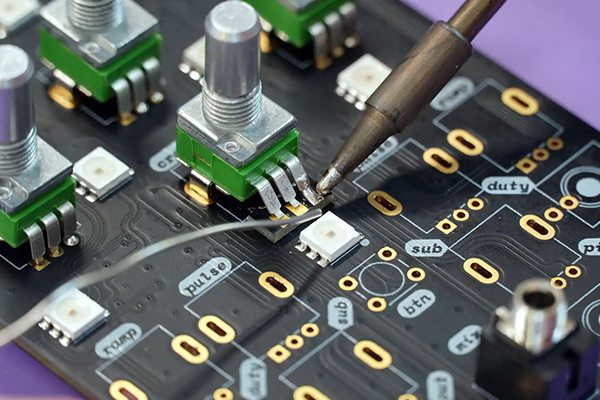
Household Electronic & Electric Product Design
Household electronic and electric product design refers to the process of creating and developing innovative and functional devices for use in households. This includes a wide range of products such as kitchen appliances, home entertainment systems, lighting solutions, cleaning appliances, smart home devices, and more.
The Bonds International Limited's design process typically involves several stages:
1. Research: Understanding consumer needs and market trends is crucial for designing successful products. Research involves studying existing products on the market, conducting user surveys or interviews, and identifying gaps or opportunities for improvement.
2. Concept Development: Based on research findings, designers come up with multiple concepts that address the identified user needs. These concepts may be presented through sketches or 3D renderings to visualize the potential product.
3. Prototyping: Once a concept is chosen, designers create physical prototypes to test its functionality and ergonomics. Prototypes can range from simple cardboard models to fully functional mock-ups with electronic components.
4. Testing and Iteration: Prototypes are tested extensively to determine if they meet user requirements and perform as intended. Feedback from users is collected to identify areas for improvement, leading to iterative design changes.
5. Engineering Design: After finalizing the concept through prototyping iterations, detailed engineering designs are developed that specify materials, components, dimensions, electronics integration (if applicable), assembly methods etc., ensuring manufacturability within cost constraints.
6. Manufacturing: Once all design specifications are finalized & verified through quality testing procedures (such as stress tests or durability tests), manufacturers begin mass production of the product using appropriate manufacturing techniques like injection molding or surface mounting technology (SMT).
7. Packaging Design: Packaging plays an essential role in attracting consumers' attention at retail stores & protecting products during transportation/handling until they reach end-users' homes safely.
8.Marketing & Branding Integration : Designers also collaborate with marketing teams during product development stages where branding elements like logos,promotional material designs need integration into final designed hardware/software/interface etc.,
Throughout this process it's important for designers to consider factors such as user-friendliness,ease-of-use,safety considerations,optimal energy consumption/efficiency,sustainability aspects,functionality aesthetics,cost-effective manufacturing methods etc.,to ensure their designs meet both consumer demands as well industry standards/regulations.
Overall,the goal of household electronic & electric product design is not just creating aesthetically pleasing goods but also delivering reliable,safe,and highly-functional solutions that enhance users' daily lives at homes while considering various technical/ergonomic/consumer.

